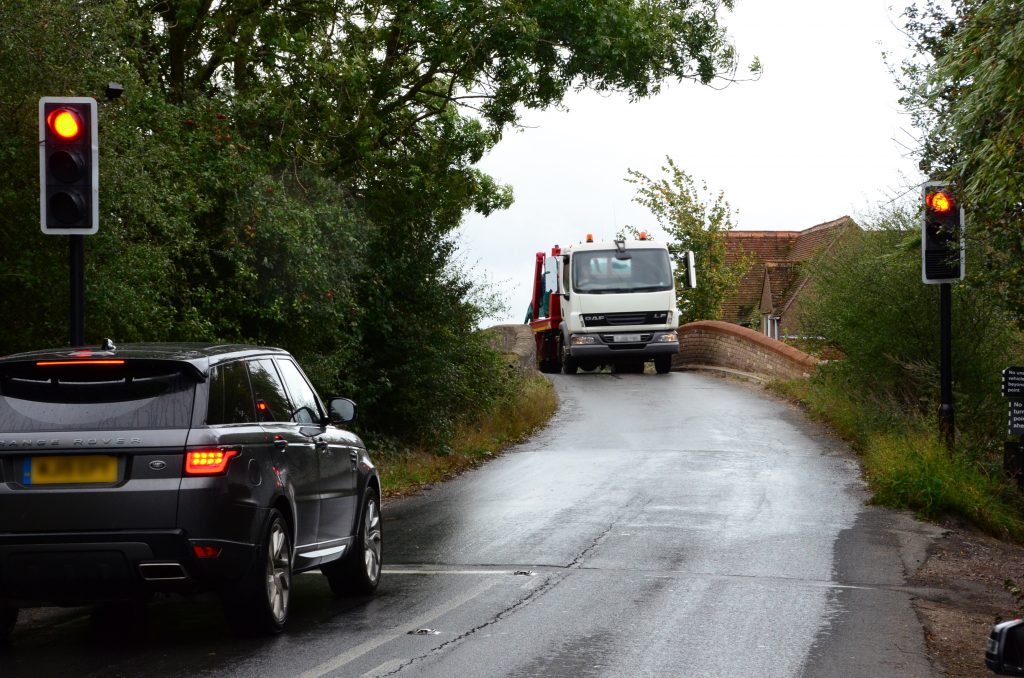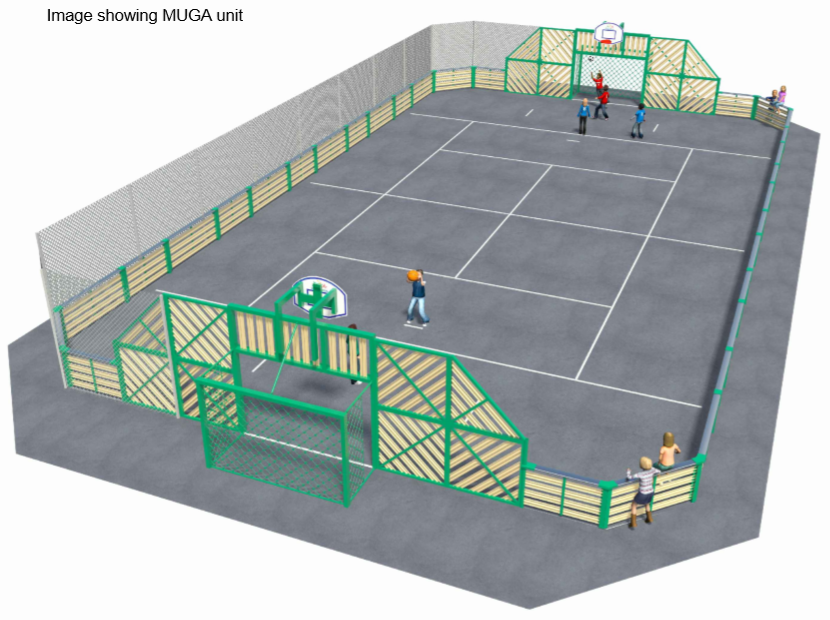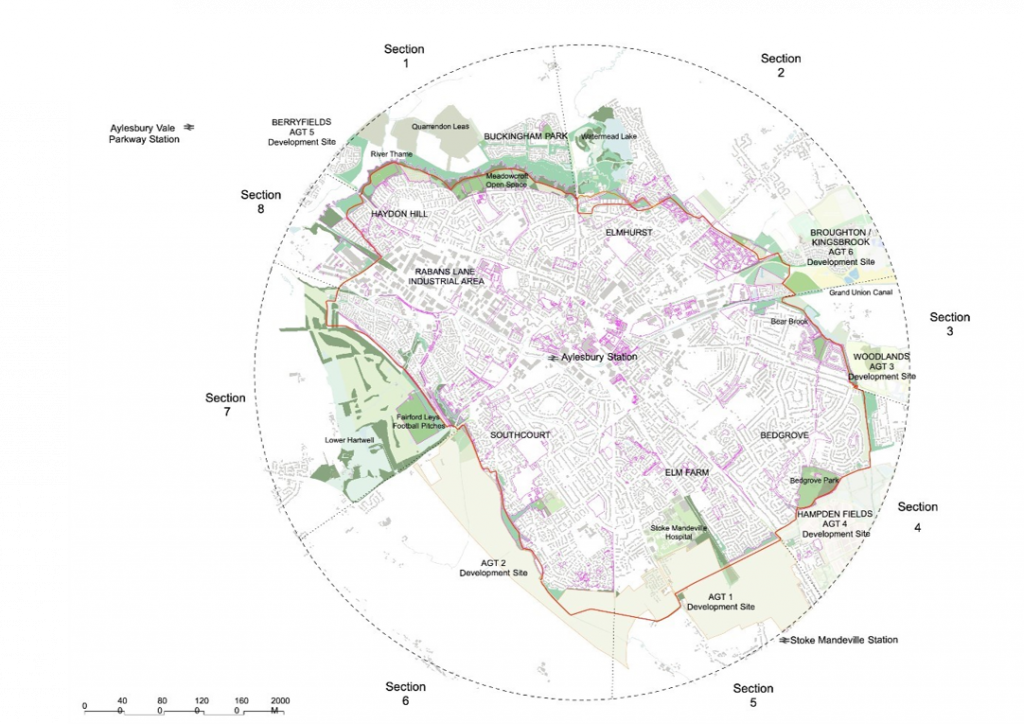The Buckinghamshire Council
(Prohibition of Waiting, Loading and Stopping) and (On-Street Parking Places) Order 2021
(Amendment No 1) Order 202*
Buckinghamshire Council in partnership with Transport for Bucks, stakeholders and working with your local Councillors are proposing implementing permanent parking restrictions at various locations following an increase in illegal and antisocial parking, and verge damage, following the lifting of the first COVID-19 lockdown.
Buckinghamshire Council is proposing to introduce restrictions at various locations across the county of Buckinghamshire.
| Road Name | Scheme Name | Restrictions |
| Access to Old Telephone Exchange off Kingsway | Burnham Beeches / Farnham Common | No Waiting At Any Time. |
| ALAN WAY | Langley Park Area | No Waiting At Any Time. |
| ALDERBOURNE LANE | Black Park Area | No Stopping At Any Time On Verge Or Footway. No Stopping On Main Carriageway. |
| ASTON HILL CHIVERY | Wendover Woods Area | 4 Wheel Pavement Parking. No Stopping At Any Time On Verge Or Footway. No Stopping On Main Carriageway. |
| AVENUE DRIVE | Langley Park Area | No Stopping On Main Carriageway. |
| BEDFORD DRIVE | Burnham Beeches / Farnham Common | No Stopping At Any Time On Verge Or Footway. No Stopping On Main Carriageway. |
| BEECHES ROAD | Burnham Beeches / Farnham Common | No Waiting At Any Time. Permit Holders Only FC1. |
| BELLSWOOD LANE | Langley Park Area | No Stopping At Any Time On Verge Or Footway. No Stopping On Main Carriageway. |
| BILLET LANE | Langley Park Area | No Stopping At Any Time On Verge Or Footway. No Stopping On Main Carriageway. |
| BLACK PARK ROAD | Black Park Area & Langley Park Area | No Stopping At Any Time On Verge Or Footway No. Stopping On Main Carriageway. Restricted Parking Zone No Waiting At Any Time No Loading At Any Time. |
| BLACKPOND LANE | Burnham Beeches / Farnham Common | No Waiting At Any Time. Permit Holders Only FC1. |
| BLINCO LANE | Langley Park Area | No Waiting At Any Time. |
| BOVENEY ROAD | Dorney Lake Area | No Stopping At Any Time On Verge Or Footway. No Stopping On Main Carriageway. |
| BUCKLAND ROAD | Wendover Woods Area | No Waiting At Any Time. |
| CHALKSHIRE ROAD | Wendover Woods Area | No Waiting At Any Time. |
| CHERRY TREE LANE | Black Park Area | No Stopping At Any Time On Verge Or Footway. |
| CHIVERY | Wendover Woods Area | No Stopping At Any Time On Verge Or Footway. No Stopping On Main Carriageway. |
| COMMON ROAD | Dorney Lake Area | No Stopping At Any Time On Verge Or Footway. No Stopping On Main Carriageway. No Waiting At Any Time. |
| CORONATION AVENUE | Black Park Area & Langley Park Area | No Stopping At Any Time On Verge Or Footway. No Stopping On Main Carriageway. No Waiting At Any Time. |
| COURT LANE | Dorney Lake Area | No Waiting At Any Time. |
| CROW PIECE LANE | Burnham Beeches / Farnham Common | No Stopping At Any Time On Verge Or Footway. No Stopping On Main Carriageway. |
| CROWN LANE | Burnham Beeches / Farnham Common | No Stopping At Any Time On Verge Or Footway. No Stopping On Main Carriageway. |
| CUFF LANE | Great Brickhill Village | No Waiting At Any Time. Permit Parking Area. |
| CURRIERS LANE | Burnham Beeches / Farnham Common | No Stopping At Any Time On Verge Or Footway No Stopping On Main Carriageway |
| DENHAM COURT DRIVE | Denham Country Park | No Stopping At Any Time On Verge Or Footway |
| DINERS HILL | Wendover Woods Area | No Stopping At Any Time On Verge Or Footway No Stopping On Main Carriageway No Waiting At Any Time |
| DORNEY REACH ROAD | Dorney Lake Area | Permit Parking Area |
| DUCK END | Great Brickhill Village | No Waiting At Any Time Permit Parking Area |
| DUNSMORE | Wendover Woods Area | No Waiting At Any Time Restricted Parking Zone No Waiting At Any Time |
| DUNSMORE LANE | Wendover Woods Area | No Waiting At Any Time |
| EGYPT LANE | Burnham Beeches / Farnham Common | No Stopping At Any Time On Verge Or Footway No Stopping On Main Carriageway |
| ELLESBOROUGH ROAD, BUTLER’S CROSS | Wendover Woods Area | No Waiting At Any Time |
| ELLESBOROUGH ROAD, WENDOVER | Wendover Woods Area | Permit Parking Area |
| FERRY LANE | Medmenham Village | No Waiting At Any Time (Option 1) Permit Holders Only (Option 2) 2 Hours No Return Within 2 Hours Or Permit Holders Restricted Parking Zone |
| FOX LANE | Wendover Woods Area | Restricted Parking Zone No Waiting At Any Time |
| FRENSHAM WALK | Burnham Beeches / Farnham Common | Permit Parking Area FC1 |
| FULMER COMMON ROAD | Black Park Area | No Stopping At Any Time On Verge Or Footway No Stopping On Main Carriageway Unrestricted Bay |
| GEORGE GREEN ROAD | Black Park Area & Langley Park Area | No Stopping At Any Time On Verge Or Footway No Stopping On Main Carriageway No Waiting At Any Time |
| GOLDEN OAK CLOSE | Burnham Beeches / Farnham Common | Permit Parking Area FC1 |
| GREEN LANE, FARNHAM COMMON | Burnham Beeches / Farnham Common | No Waiting At Any Time Permit Parking Area FC1 |
| GREEN LANE, BURNHAM BEECHES | Burnham Beeches / Farnham Common | No Stopping At Any Time On Verge Or Footway No Stopping On Main Carriageway |
| GRENVILLE AVENUE | Wendover Woods Area | No Waiting At Any Time |
| GROVE ROAD | Burnham Beeches / Farnham Common | No Stopping At Any Time On Verge Or Footway No Stopping On Main Carriageway |
| HALE LANE | Wendover Woods Area | No Stopping At Any Time On Verge Or Footway No Stopping On Main Carriageway |
| HALTON LANE | Wendover Woods Area | 4 Wheel Pavement Parking No Waiting At Any Time |
| HARCOURT CLOSE | Dorney Lake Area | Permit Parking Area |
| HARCOURT ROAD | Dorney Lake Area | No Waiting At Any Time Permit Parking Area |
| HAWTHORN LANE | Burnham Beeches / Farnham Common | No Stopping At Any Time On Verge Or Footway No Stopping On Main Carriageway No Waiting At Any Time |
| HEATH ROAD | Great Brickhill Village / Stockgrove Country Park Area | No Stopping At Any Time On Verge Or Footway No Stopping On Main Carriageway No Waiting At Any Time |
| HENLEY ROAD | Medmenham Village | No Waiting At Any Time |
| HILL FARM LANE | Wendover Woods Area | No Stopping At Any Time On Verge Or Footway No Stopping On Main Carriageway |
| HILL PLACE | Burnham Beeches / Farnham Common | No Waiting At Any Time |
| KINGSWAY | Burnham Beeches / Farnham Common | No Waiting At Any Time Permit Parking Area FC1 |
| LAKE END ROAD | Dorney Lake Area | No Stopping At Any Time On Verge Or Footway No Stopping On Main Carriageway No Waiting At Any Time |
| LANGTONS MEADOW | Burnham Beeches / Farnham Common | Permit Parking Area FC1 |
| LOCK PATH | Dorney Lake Area | No Stopping At Any Time On Verge Or Footway No Stopping On Main Carriageway |
| LODGE HILL | Wendover Woods Area | No Stopping At Any Time On Verge Or Footway No Stopping On Main Carriageway No Waiting At Any Time |
| LONDON ROAD | Wendover Woods Area | No Waiting At Any Time |
| LORD MAYORS DRIVE | Burnham Beeches / Farnham Common | No Stopping At Any Time On Verge Or Footway |
| MARSH LANE | Dorney Lake Area | No Stopping At Any Time On Verge Or Footway No Stopping On Main Carriageway No Waiting At Any Time |
| MEADOW WAY | Dorney Lake Area | Permit Parking Area |
| MIDDLE GREEN | Langley Park Area | No Stopping At Any Time On Verge Or Footway No Stopping On Main Carriageway No Waiting At Any Time |
| MISSENDEN ROAD | Wendover Woods Area | No Stopping At Any Time On Verge Or Footway No Stopping On Main Carriageway No Waiting At Any Time |
| MOOR PARK | Wendover Woods Area | No Waiting At Any Time |
| NIGHTINGALE PARK | Burnham Beeches / Farnham Common | No Stopping At Any Time On Verge Or Footway |
| NORTHFIELD ROAD | Pitstone Quarry Area | No Stopping At Any Time On Verge Or Footway |
| OAK STUBBS LANE | Dorney Lake Area | No Waiting At Any Time Permit Parking Area |
| PARK LANE | Burnham Beeches / Farnham Common | No Stopping At Any Time On Verge Or Footway No Stopping On Main Carriageway |
| PINEWOOD ROAD | Black Park Area | No Stopping At Any Time On Verge Or Footway No Stopping On Main Carriageway |
| PUMPKIN HILL | Burnham Beeches / Farnham Common | No Stopping At Any Time On Verge Or Footway No Stopping On Main Carriageway |
| ROSEWOOD WAY | Burnham Beeches / Farnham Common | Permit Holders Only FC1 |
| ROWLEY LANE | Black Park Area | No Stopping At Any Time On Verge Or Footway No Stopping On Main Carriageway |
| SCOTLANDS DRIVE | Burnham Beeches / Farnham Common | No Waiting At Any Time |
| SOUTH FIELD CLOSE | Dorney Lake Area | No Waiting At Any Time |
| STEWARTS DRIVE | Burnham Beeches / Farnham Common | No Stopping At Any Time On Verge Or Footway No Stopping On Main Carriageway |
| STOKE COMMON ROAD | Black Park Area | No Stopping On Main Carriageway |
| THOMPKINS LANE | Burnham Beeches / Farnham Common | No Stopping At Any Time On Verge Or Footway No Stopping On Main Carriageway |
| UPPER ICKNIELD WAY | Pitstone Quarry Area | No Stopping At Any Time On Verge Or Footway |
| UXBRIDGE ROAD | Black Park Area & Langley Park Area | Bus Stop Clearway Limited Waiting 8am-6pm 1hr No Return Within 2hrs No Stopping At Any Time On Verge Or Footway |
| VICTORIA ROAD | Burnham Beeches / Farnham Common | No Waiting At Any Time Permit Parking Area FC1 |
| VILLAGE ROAD | Dorney Lake Area | No Waiting At Any Time |
| WENDOVER ROAD | Wendover Woods Area | No Stopping At Any Time On Verge Or Footway No Stopping On Main Carriageway No Waiting At Any Time |
| WESTFIELD ROAD | Pitstone Quarry Area | No Stopping At Any Time On Verge Or Footway |
| WEXHAM PARK LANE | Black Park Area & Langley Park Area | No Stopping At Any Time On Verge Or Footway |
| WILLOWBROOK | Wendover Woods Area | No Waiting At Any Time |
| WITHY CROFT | Langley Park Area | No Waiting At Any Time |
Under the Local Authorities’ Traffic Orders (Procedure) (England and Wales) Regulations 1996 as a Statutory Consultee we are inviting your comments to the proposals. Full details and plans can be found on the Buckinghamshire Council Website at https://yourvoicebucks.citizenspace.com/ from the 12th May 2021 and from today on https://www.buckinghamshiretraffweb.uk/ under “Public Consultation”, “6. Active Consultation – Static”.
The Consultation runs until the 6th June 2021. Any comments you may wish to make should be addressed to parkingtro@buckscc.gov.uk.






